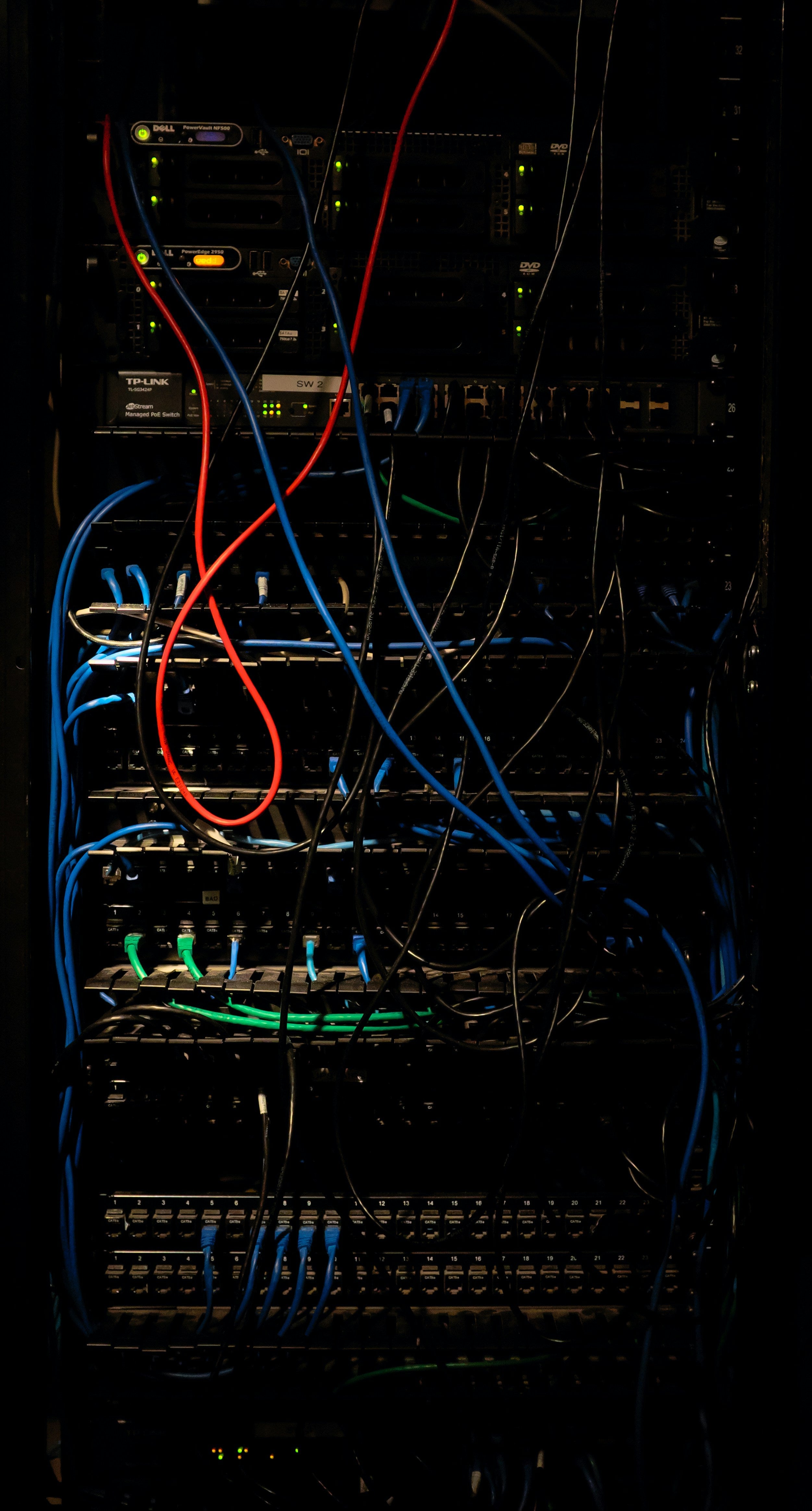To embed cellular connectivity into your device, you can pursue a few different paths. Your three choices are:
- Chipset – example: Qualcomm
- Module – example: Telit Cinterion, SIMCom, Sierra Wireless, Fibocom, Quectel, and any listed here.
- Modem – example: Airgain NimbeLink.
Let's discuss some of the most important characteristics:
Certification
We'll start with the most obvious reason why someone would choose an embedded modem. Certification is necessary in most countries to operate a wireless device. In Europe, you typically need CE RED (regulatory) and GCF (industry). In the U.S., however, you need FCC (regulatory), PTCRB (industry), and typically carrier certifications from your network operator like AT&T, Verizon, or T-Mobile. Brazil has ANATEL, and the list goes on.
Here's the general rule: the more possibility there is to make a radio dangerous (to someone or some network), the more testing and verification the regulatory bodies will require of you. If you aren't building millions of devices per year, you do not want to certify a chipset-based design. It's going to run >1,000,000USD.
Next down the chain you will benefit from the module manufacturers, who take most of this cost on your behalf. However, when integrating a module, it's still up to you, the OEM, to certify your entire device. This is why modules are called "pre-certified". The governments and carriers want to make sure that you implemented the module correctly on your device, not radiating too much power or interfering with other devices in the area. Testing and certifying a module-based design can run you >10,000USD in Europe and >50,000USD in the U.S. This is assuming you do not fail any tests.
To completely minimize your certification costs, embed an end-certified modem. The modem manufacturer has taken you all the way to the finish line, specifically with the U.S. carriers and PTCRB. This is a massive time- and money-saver. There are a few caveats:
- You should still run your device through the unintentional radiation tests required by FCC and CE. These are typically fast and quite inexpensive.
- If your device embeds multiple radio technologies like Wi-Fi, Bluetooth, LoRa, or GNSS, you will need to perform more testing with the regulatory bodies. Contact your authorized lab for guidance.
Ease of Technical Integration
A chipset integration is very engineering-intensive. You will likely need a full team of dedicated RF engineers to properly configure a chipset to work properly with your host. A chipset is programmed to perform only the critical functions for connecting and authenticating to the cellular network.
A module has the chipset integrated within it, abstracting away the low-level functions. It exposes common, well-defined pinouts and interfaces to make PCB assembly simple. You will still need a team member well-versed in RF design to ensure your device meets regulatory standards, limits interference, and optimizes performance.
A modem abstracts away much of the hardware integration you still would need to worry about with a module. It standardizes power circuitry and simplifies the pinouts, inching you closer to a "plug-and-play" solution. Using an embedded modem typically saves months of engineering time.
Costs
There are four costs involved with this decision.
- Cost of certifications/testing. For chipset and module designs, most companies deploying into the U.S. fail the first time.
- Cost of delayed launch. In tangible and intangible ways, unnecessary delays of getting your product to market hurt your bottom line. Businesses often do not consider this when choosing a cellular technology stack. It can be the largest cost of the four.
- Cost of radios. Naturally, from least expensive to most expensive from a unit-cost perspective, it is a chipset, module, then modem.
- Cost of engineering resources. A chipset design will require a team of RF engineers. A module design will require one or two RF engineers. A modem design can usually be handled by the a generalist electrical HW engineer with some basic knowledge of wireless principles.
Rules of Thumb
These differ from region to region. In Europe, for example, carrier certifications aren't required. The cost of embedded a module from a certification perspective isn't as prohibitive. In the U.S., however, companies can be held up for months trying to certify a device. In the U.S., the case for an embedded modem is strong.
- If you are deploying 1–5,000 units per year, use an embedded modem.
- If you are deploying 5,000 to 500,000 units per year, use a module.
- If you are deploying >500,000 units per year, consider designing in a chipset.
Of course, there are exceptions to this. For example, embedded modems typically don't go above LTE Cat 4. If you need LTE Cat 6 and above or 5G, you will need to use a module.

Share:
Techship IoT accessory: thermal pads
Smart modules poised to accelerate digital transformation and enable richer IoT devices